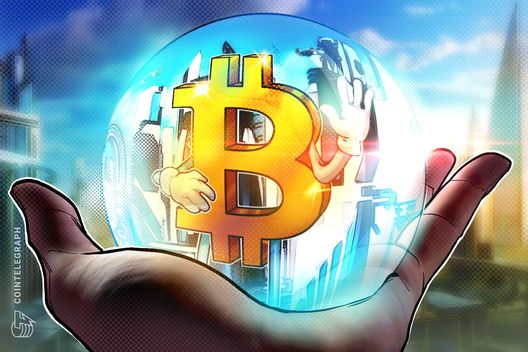- The collaboration aims to merge NFTs with institutional funds.
- Sharp’s Solana-based treasury network will enhance cross-chain interactions and capital efficiency.
- PENGU has gained more than 2% after the announcement.
NFT brand Pudgy Penguins has entered a strategic alliance with publicly listed Sharps Technology to explore how to integrate non-fungible tokens into on-chain treasury strategies.
The development is crucial as it marks a significant move in Pudgy Penguin’s growth beyond Web3.
🚨NEW: @pudgypenguins has partnered with Nasdaq-listed Sharps Technology to integrate its $400M+ @Solana-based digital asset treasury with the Pudgy brand. The collaboration aims to connect NFT culture with institutional finance and expand access to onchain asset management. pic.twitter.com/SvqvDMA7XI
— SolanaFloor (@SolanaFloor) October 10, 2025
The project is shifting from its original NFT culture into a recognizable player within the blockchain and digital finance sectors.
Further, collaborating with a Nasdaq-listed firm reflects Pudgy Penguin’s evolution into a structured cryptocurrency project with institutional relevance.
Native coin PENGU decoupled from the prevailing market-wide slump with an over 2% uptick after the announcement.
The collaboration will connect Sharps’ Solana-based treasury platform with Pudgy Penguins’ intellectual property (IP), establishing a model that targets both institutional and retail markets within the Solana ecosystem.
Sharps Technology supercharges PENGU ecosystem
Sharps Technology has gained traction due to its strategic maturity from medical to blockchain, building a notable on-chain treasury platform on Solana.
Sharps’ treasury platform promises capital efficiency, automated treasury management, and real-time visibility.
Indeed, these features are vital in transforming how Web3 projects manage capital.
Through Pudgy Penguins, Sharps Technology gains exposure to a vibrant and fast-expanding NFT marketplace, while PENGU enjoys transparent, scalable financial support.
Notably, the collaboration brings Sharp’s blockchain treasury capabilities to the Pudgy Penguins network.
The move could set the stage for other non-fungible tokens projects looking to revolutionize financial management using decentralized tools.
Pudgy Penguins expands Web3 utility beyond NFTs
Launched in July 2021 as an Ethereum-based NFT collection of 8,888 unique avatars, Pudgy Penguins quickly became a recognizable brand in the non-fungible token space.
After the project’s acquisition by entrepreneur Luca Netz in 2022, Pudgy Penguins shifted its focus from collectible assets to building a Web3-native consumer brand.
This new direction has included multiple retail and digital initiatives.
The team expanded into physical merchandise, distributed through retail outlets, and launched Pudgy World, an interactive virtual experience designed to strengthen community engagement.
In 2024, the project introduced its native PENGU token, built with cross-chain compatibility, governance functionality, and a deflationary staking model aimed at increasing long-term value.
The token initiative aligned with Pudgy Penguins’ broader strategy to merge virtual ownership with tangible consumer products.
Now, the brand’s partnership with Sharps Technology represents a further step in its long-term plan to deepen Web3 integration and enhance institutional connectivity.
By leveraging Sharps’ digital asset tools, Pudgy Penguins aims to expand its brand’s financial and technological infrastructure within the Solana network.
PENGU price outlook
Cryptocurrencies traded in the red on Friday as Bitcoin appears stuck below $122,000.
While bears flexed their muscles, Pudgy Penguin’s native token seemed to lead the recovery.
PENGU gained more than 2% as Sharps Technology’s updates sparked optimism. It is trading at $0.03160.

PPENGU flashes bullish reversal signs after weeks of consolidation.
It has formed a reliable support barrier at $0.027, which has prevented declines several times since September.
Buyers target the nearest resistance between $0.034 and $0.035 – a key zone that served as a support and rejection zone in mid-September.
The post PENGU turns bullish as Pudgy Penguins teams up with Nasdaq-listed Sharps Technology appeared first on CoinJournal.



